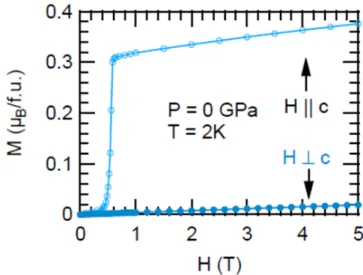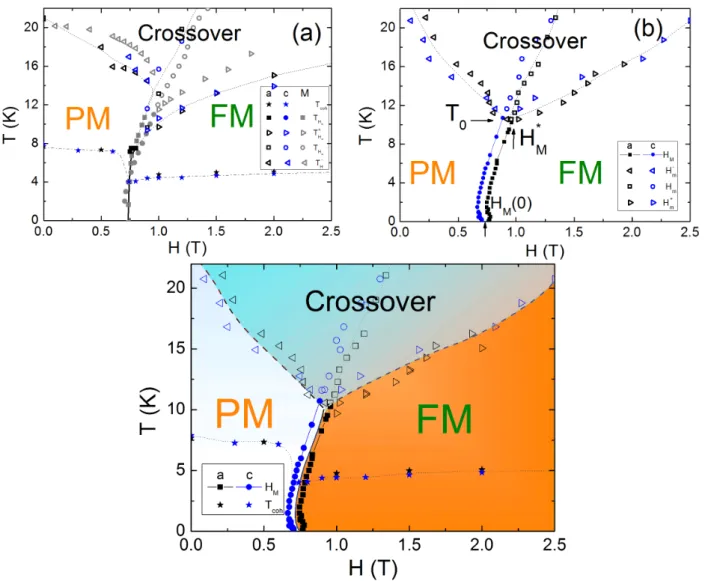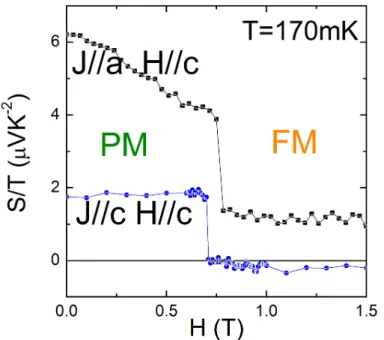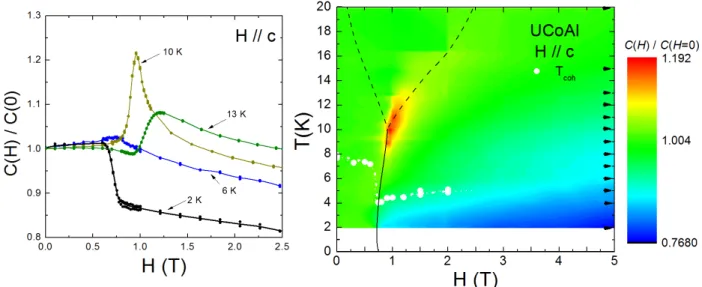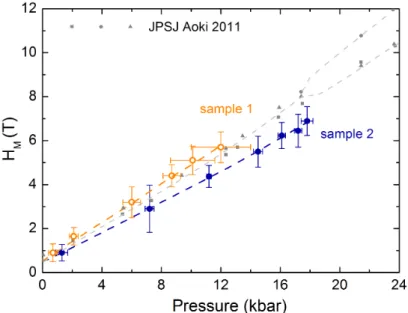Thermoelectricity of strongly correlated compounds under extreme conditions
Texte intégral
Figure


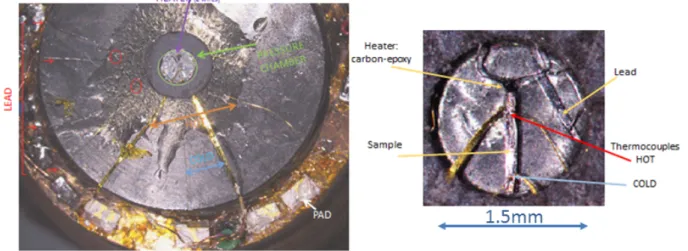

Documents relatifs
Also each of the magnetic moments of the two sublattices no longer lies in the plane defined by H and the ternary axis and they do not equally tilt towards the
Figure 2: Focusing magnet scans for the transverse beam size measurement for different laser spot sizes.. beamlets after
[Hirao et al., 2004] measured similar alloy compositions to [Lin et al., 2003a] (Fe9Si and Fe18Si) to pressures ex- ceeding 1 Mbar at ambient temperature, however the measurements
Clearly, different types of extreme events will not produce the same pressures on life. I am using the word « pressures » because the simple hypothesis that extreme events play a
. 共 2 兲 can be interpreted, again, as pro- duction by mean gradients 共 the first to fourth term on the rhs 兲 , production by stretching and destruction by molecular dissipation
ready experimentally observed in heavy fermions or near a Mott transition, 12 this quite typical strongly correlated Fermi- liquid behavior results basically from an increase of
After extracting the contribution of the anomalous Hall effect, through the different coefficients C and C 0 depending on the temperature, we obtained the ordinary contribution
To test the response of transverse dune mobility to changing winds and the impact of extreme events on dune migration rates, we generate virtual, but still realistic wind

